Palazzo D’Avalos (Congress Venue)
Overlooking the sea and symbol of the city, Palazzo d'Avalos dominates the landscape with its majesty.
It is one of the most significant examples of Renaissance architecture of the second half of the sixteenth century in Abruzzo. Built on pre-existing Roman and early medieval buildings, it incorporated the remains of the fifteenth-century building built by the Caldora and devastated during the incursion of the Turkish armies in 1566.
 |
The Palace boasts a spectacular Neapolitan Garden facing the sea, brought back to its former glory by a restoration that has returned the original late eighteenth-century plant. |
The Archaeological Museum
| The Archaeological Museum is one of the oldest in Abruzzo, founded in 1849 as the Municipal Archaeological Cabinet of Vasto. Initially housed in the town hall, it was later transferred to the ground floor of Palazzo d'Avalos. Inside the Museum are archaeological finds that testify to historical phases from the Iron Age to the Frentano period (from the ninth to the third century BC), and from the foundation and development of the Roman city of Histonium to the Early Middle Ages. Of particular interest are the funerary objects of the necropolis of Tratturo and Villalfonsina, the votive bronzes of local sanctuaries including the offering warrior with anatomical armor, and, from the Roman age, the sarcophagus of Publius Paquius Scaeva. |  |
The Pinacoteca
 |
The current layout of the Pinacoteca includes the oldest section of the civic art gallery with the works donated in 1898 to the city by Giuseppe, Filippo, Nicola, and Francesco Paolo Palizzi and by some private individuals. Palazzo D'Avalos contains several noteworthy rooms, including the Sala della Cornice, which houses the work “Ecce Agnus Dei”, and the Sale del Quarto della Marchesa, which, during the conference, will host an exhibition dedicated to the works of Leonardo da Vinci. |
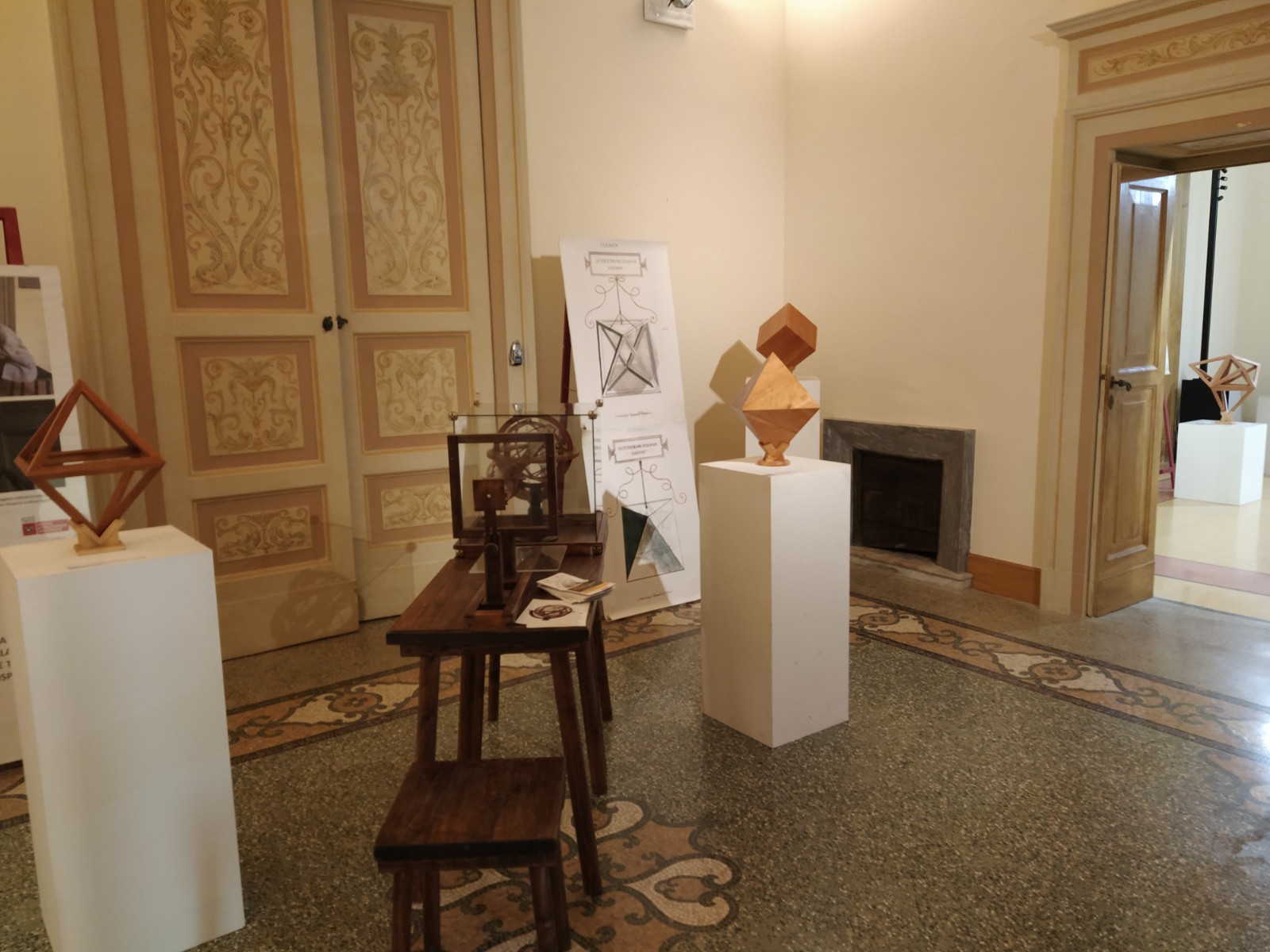 |
 |
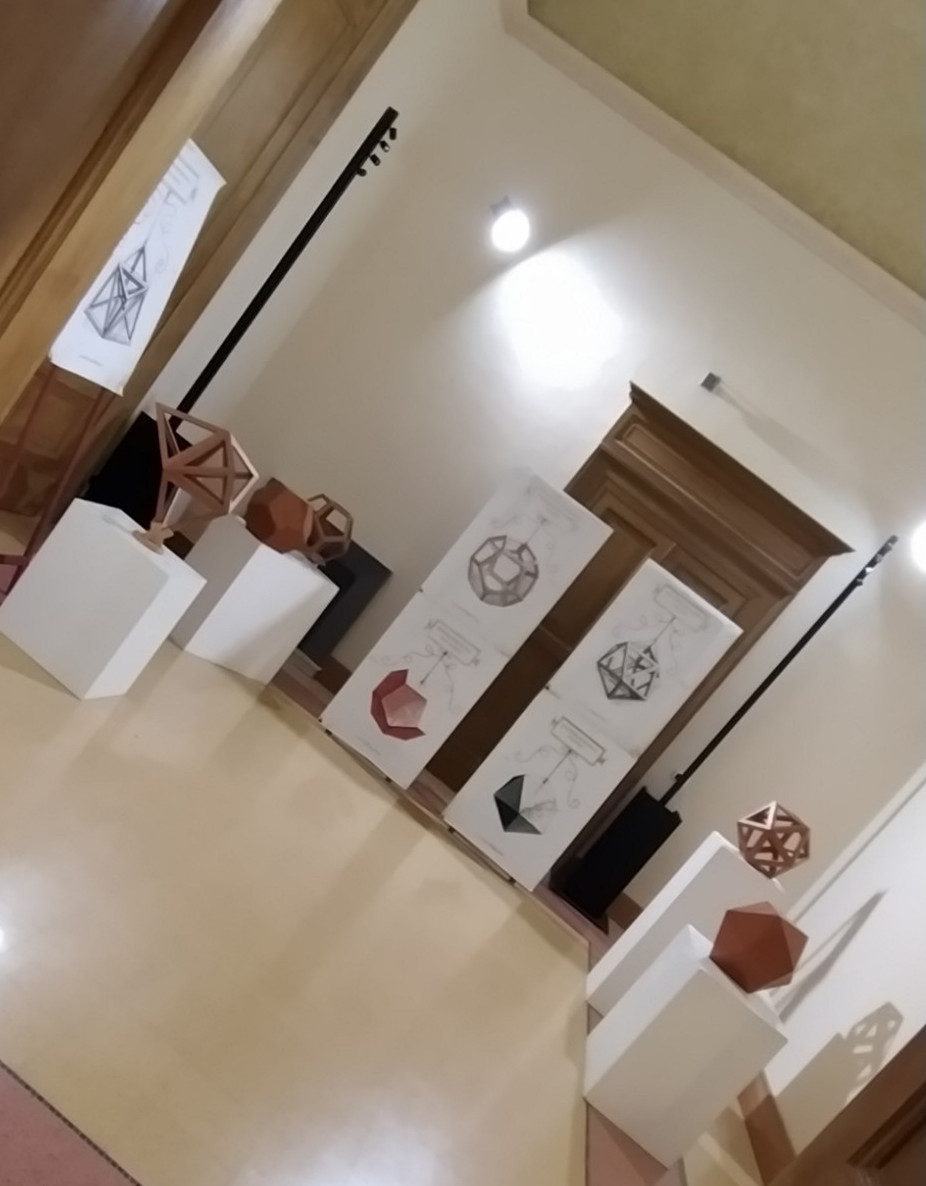 |
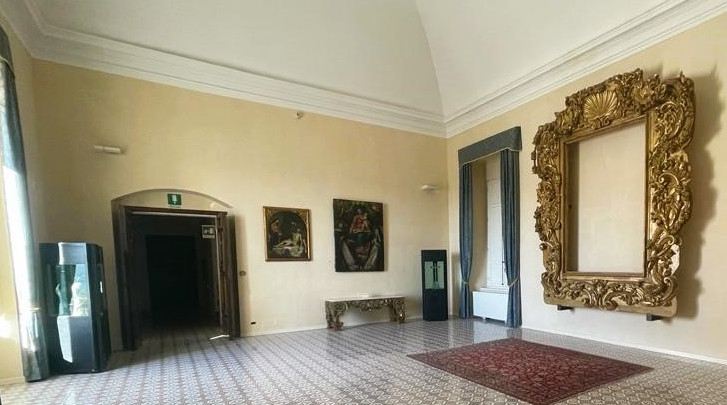 |
 |
For more information about the venue:
https://www.facebook.com/palazzodavalos
http://www.museipalazzodavalos.it
http://vastogallery.blogspot.com/2017/06/filippo-palizzi-ecce-agnus-dei-1898.html
Vasto (host city)
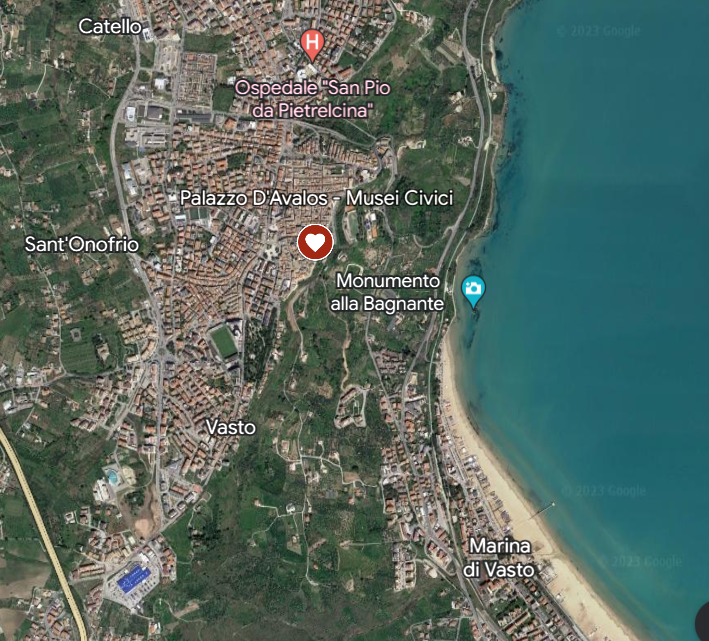
The city is of ancient origins; initially, it was known as Histon (in memory of Mount Histone of Corfu), a name given to it by Diomedes, leader of the Illyrians.
During the Angevin rule, Vasto was assigned to the D'Avalos family, who renovated it and built the sumptuous Palazzo D'Avalos. Thanks to the work of this family, the city acquired the nickname "Athens of the Abruzzi", confirming its beauty.
Several authors included the city of Vasto alluding to its splendor; D'Annunzio appealed to it as a "city of grace", while the historian Marchesani expressed his appreciation for Vasto, defining it: "not least among the oldest in Italy, among the most favored by nature, a city that would have many reasons to be frequently mentioned."

Vasto is located on the Adriatic coast and surmounts a large gulf, which offers some of the most evocative views of the Abruzzo coast; to protect this magnificence of nature, the Regional Nature Reserve of Punta Aderci was established. This part of the coast has an unspoiled and varied nature, alternating bays with cliffs and coves to long sandy beaches.
|
The Reserve covers an area of about 285 hectares ranging from Punta Penna (Vasto) to the mouth of the Sinello (Casalbordino). The north coast of the port of Vasto, thanks to the wide beaches of light sand and crystal-clear sea, is more suitable for diving and canoeing. |
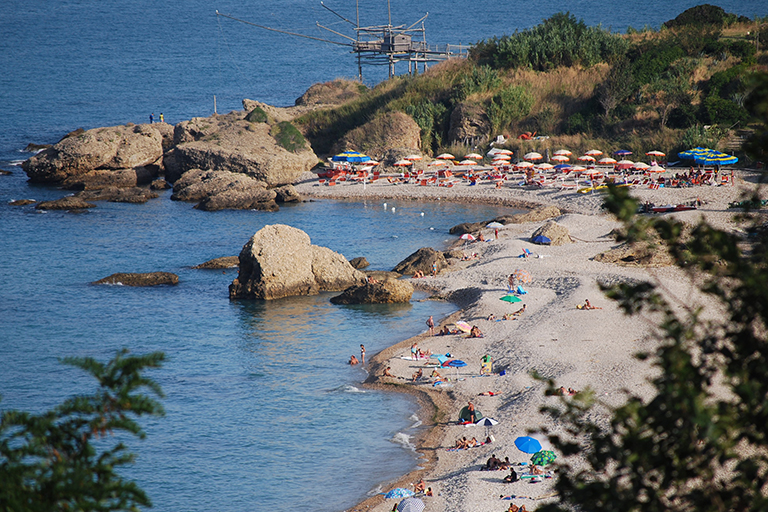 |
The area offers, in addition to the wonders of nature, a combination with art. In fact, the beauty of the gulf is enriched by the original monument dedicated to bathers.

For further info:




